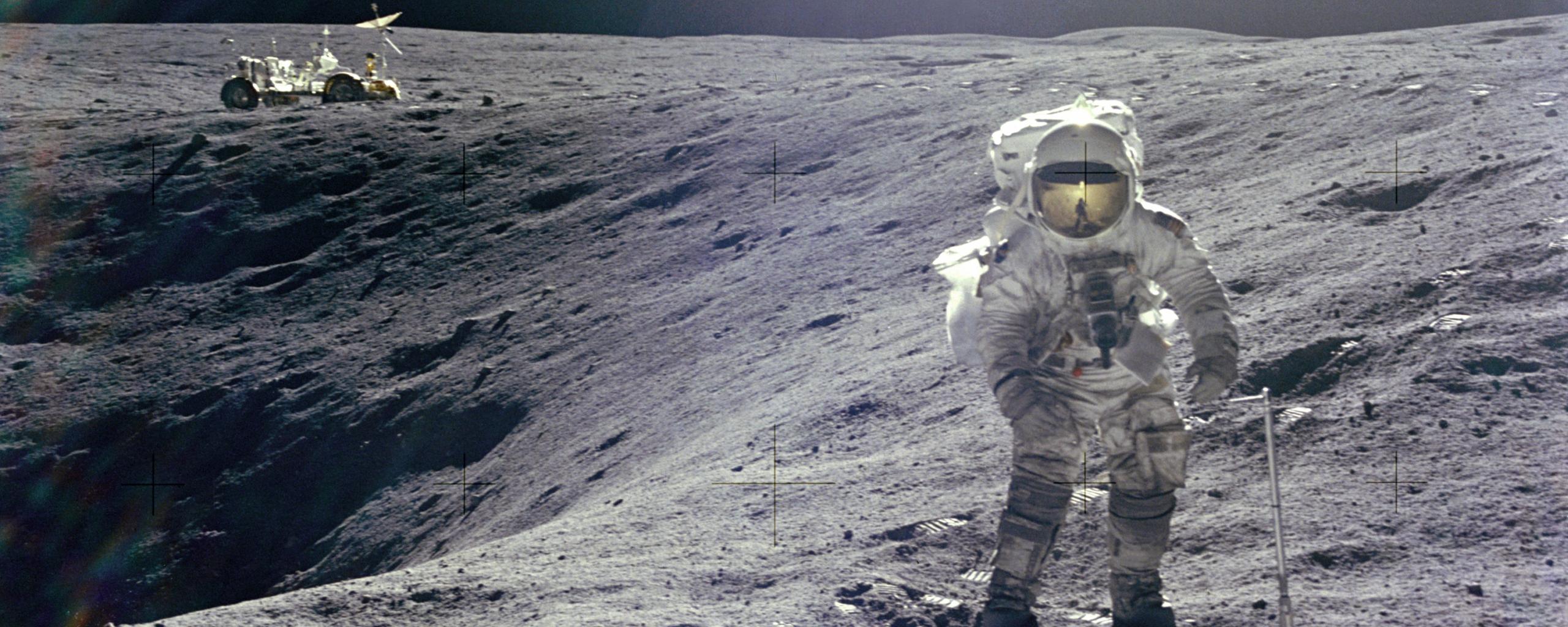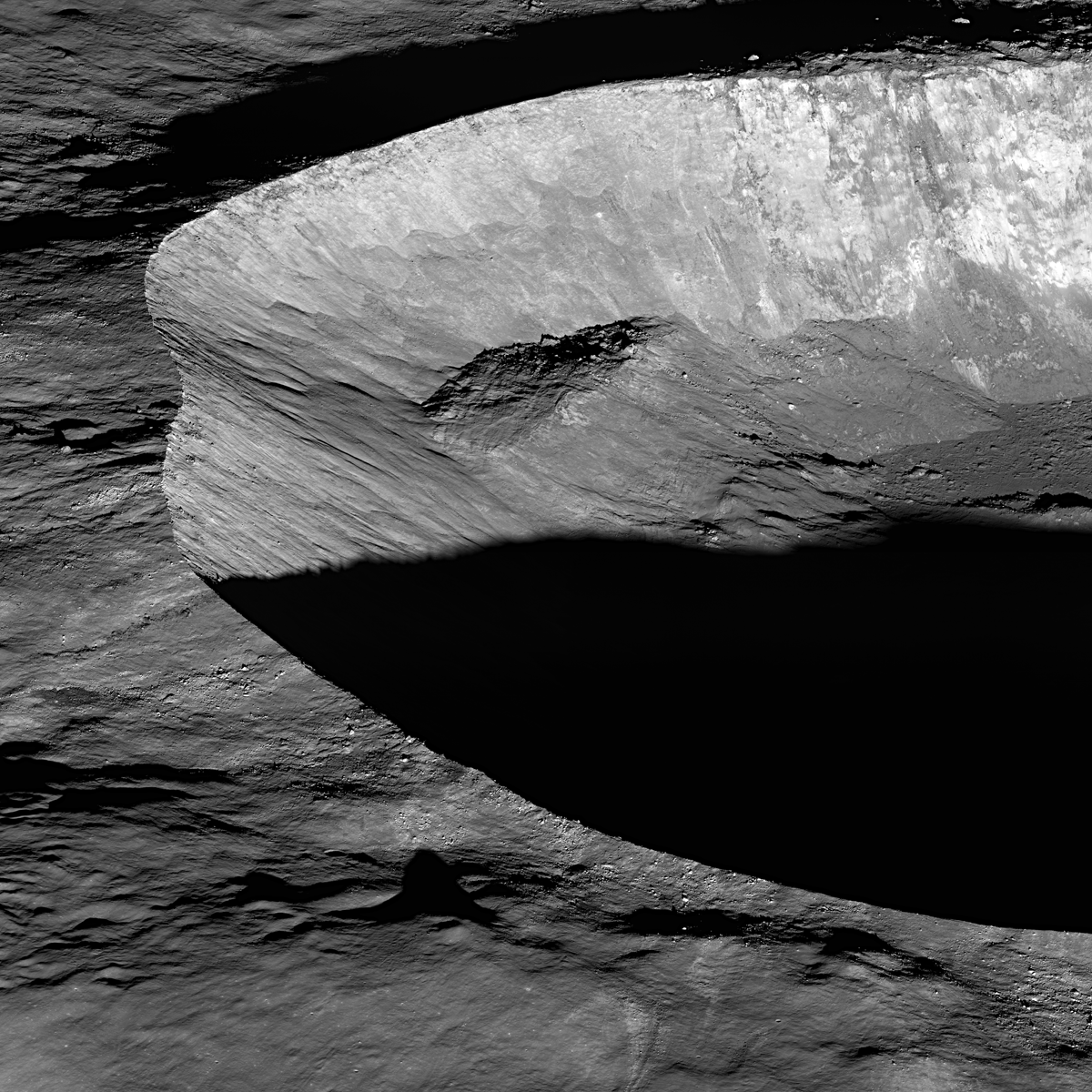DaveC426913
Valued Senior Member
And how much energy would you expend excavating, lifting, transporting and decanting all this rock and dirt? Then moving your powerplant to a new location once that spot gets full?A crater is created by energy. You gain back a certain efficiency of that energy by refilling the crater. In the instance of the moon you could lower moon rock and dirt from the side of the crater down into it operating a generator. You could use mountains too and other landscape features.


